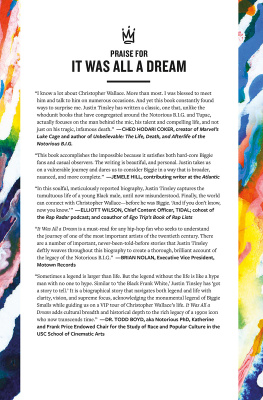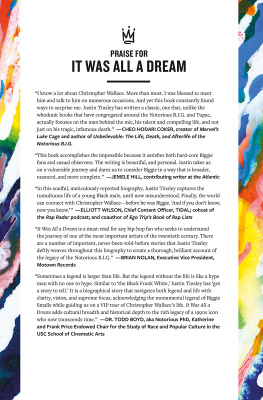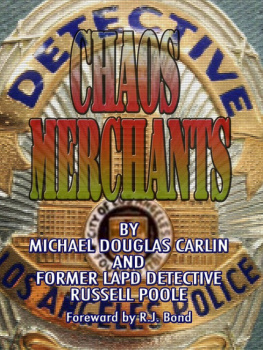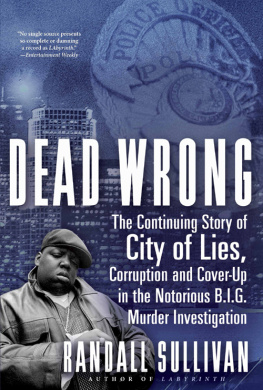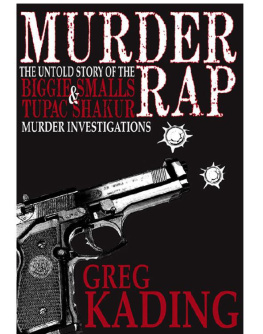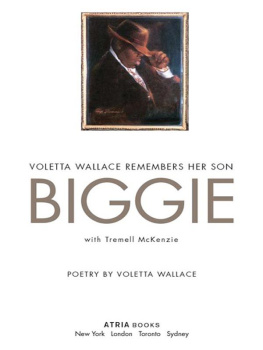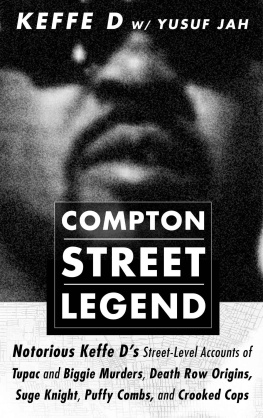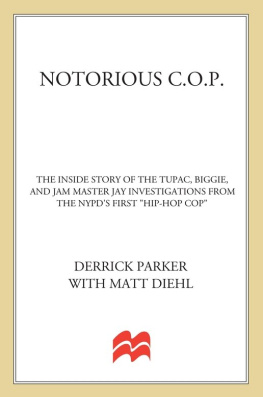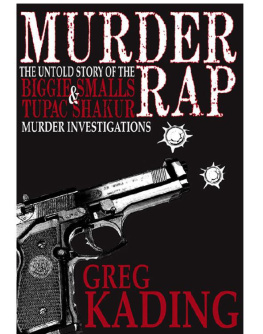Contents
Guide
Page List
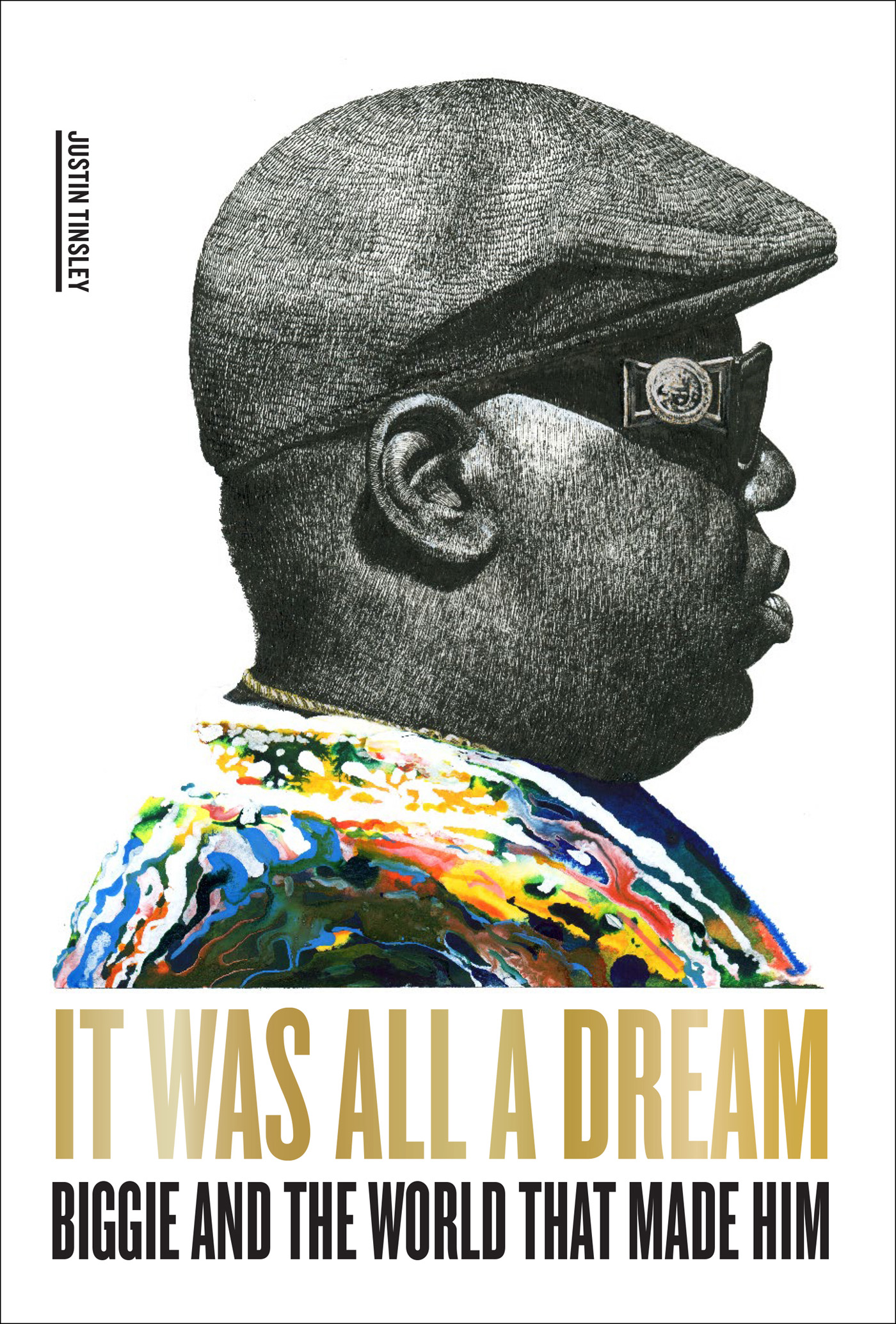

Copyright 2022 Justin Tinsley
Cover 2022 Abrams
Published in 2022 by Abrams Press, an imprint of ABRAMS. All rights reserved. No portion of this book may be reproduced, stored in a retrieval system, or transmitted in any form or by any means, mechanical, electronic, photocopying, recording, or otherwise, without written permission from the publisher.
Library of Congress Control Number: 2021949386
ISBN: 9781-419750311
eISBN: 9781-647001049
Abrams books are available at special discounts when purchased in quantity for premiums and promotions as well as fundraising or educational use. Special editions can also be created to specification. For details, contact specialsales@abramsbooks.com or the address below.
Abrams Press is a registered trademark of Harry N. Abrams, Inc.

ABRAMS The Art of Books
195 Broadway, New York, NY 10007
abramsbooks.com
To my mother, Karen, and my grandmother, Clemmie, who dealt with me during those days when I was really trying to figure life out. I wasnt easy to live with then, but you loved me unconditionally. Thank you. For everything.
TABLE OF CONTENTS
INTRODUCTION
For the past quarter century, a quote from Christopher Wallace has resonated with me. Its from an interview filmed just two weeks before his murder, and its haunting because at its core lives an innocence, a sort of pure, unfiltered honesty that we all want to believe about the purity in ourselves despite the mistakes weve made. And Wallace, known the world over and immortalized in history as the Notorious B.I.G. (short for Business Instead of Game) or Biggie Smalls or Big, was far from perfect, in many ways, as this book will establish. Yet as well also come to discover, Biggie carried with him a soul so genuine that those who knew him still laugh, cry, and speak with deep reverence at the mention of his name. Its inspiring, if were being real.
Every life ends with two dates on its tombstonethe day of arrival and the day of transition. But as the life and times of Christopher Wallace attest, its not the dates that matter. Well, I take that back: They absolutely matter. But its the hyphen separating them that matters more than anything. That dash represents the entirety of our lives. The inspirations, the defeats, the highs, the lows, the joys, the pain. All within the context of the world we were raised in and, in Biggies case, oftentimes battled to insist that our lives were actually worth a damn. That dash means everything. The mistakes we made and the lessons we learnedthe pitfalls we couldnt avoid and the legacy we leave behind. The first day Christopher took his breath in Brooklyn, New York, and the early morning hours of Los Angeles, California, when he took his last, will be deeply examined. They have to be. But its that dash where this story lives.
So much of Bigs life story lives in that aforementioned interview. He sat in a California parking lot with Rap City host Joe Clair as he filmed the video for Hypnotize, the lone video hed be in from his forthcoming Life After Death double album. The date was February 24, 1997. Two and a half years had passed since his first album, Ready to Die, one of the most impressive debuts in rap history, had lyrically detonated shelves nationwide. It was only five years removed from when he and his fellow Brooklynite DJ Mister Cee (Calvin LeBrun) had sat in the office of an up-and-coming music executive named Sean Puffy Combs, and that executive had made him a promise.
I can have a record out on you by summer, Puffy had said, leaning over his desk.
Yo, whatever Cee say, man, a still-very-shy Big had answered.
The interview was only six or seven or so years from when Wallace was selling crack on the streets of New York and Raleigh, North Carolina. Less than a decade before the interview, he had dropped out of high school to hustle. Over the course of the 1990s, Christopher Wallaces life changed dramatically in such a ridiculously short amount of time. Now, here he was, the most popular rapper in the game, but also one of the most criticized, analyzed, and, true to his name, notorious. There were the hit records that became instant smashes, like the socioeconomic advancement anthem Juicy, the undeniably addictive remix to One More Chance, or Junior M.A.F.I.A.s Players Anthem. He was an evolving actor given appearances on Martin and New York Undercover. And though he played himself in both, there was an unavoidable radiance that glistened off the ebony skin that he once described as ugly as ever. Anyone who got close to Big felt his charisma. They knew he had the gift of gab that could make men want to be him and women want to be with him. His presence, well over six feet tall and more than three hundred pounds, intimidated people. And if anyone listened to his music, Big gave more than enough reasons to fear him. Yet in reality, he was as affable a superstar as theres ever been. From the moment he opened his mouth, he disarmed you. Whatever fear he first struck into people instantly morphed into a ghetto tranquility.
He swear hes the best drink maker. He wanna make all the drinks in the studio, said Bigs former stylist, Groovey Lew, reflecting on countless studio sessions. Like, What you drinkin, homie? What you drinking, baby? Mixing, shaking icejust being happy serving people. He was the best when he came to that. Then he wanna watch you drink it, and you tell him how you like it. Hed just be happy off doing that.
Yet as much as success seemed to naturally gravitate toward him like bees to nectar, adversity never seemed to leave his side either. The previous year, 1996, was a tumultuous one for Big. His marriage to R&B star Faith Evans seemed to dissolve almost as quickly as it came together. He was arrested several times for reasons running from an assault on two autograph seekers to weapons and marijuana possession. And a September car accident had broken his leg, leaving him with limited mobility for months and a cane hed use until the very end of his life. And then there was the trouble he never truly wanted to be part of from his falling-out with former friend Tupac Shakur. At the time of his Rap City interview, Shakurs September 1996 murder in Las Vegas was still fresh in the rap worlds consciousness. Not that its gone anywhere in the quarter century since.
Something Ive learned over the years is that people get so obsessed with how these two rap icons were taken from us that it overshadows the magic, nuance, and complexities that made up their brief, young lives. Its deeper than them being Gemini twins separated by eleven months. In this book, well connect the dots that trace back to the 1960s and 70s and how legislation, systemic racism, and Americas evolving fear of the Black body transformed a generations worth of lives. As bodies floating through the universe and this thing called life, were all connected in ways we could never imagine. So yes, well get to Biggie and Tupac eventually. How the two rap supernovas initially met, how there was so much love between the two, how their falling-outreally, more so, Tupacs falling out with Biggieaffected so many, and the extent to which it is still felt today. How the two never had a chance to reconcile and mend a friendship that shouldve never been dismantled to begin with. And well briefly examine the conspiracies that surround their tragic murders a quarter century later. Speaking of one without the other is impossible. But it is important to remember theyre two larger-than-life figures whose work should speak for itself.

